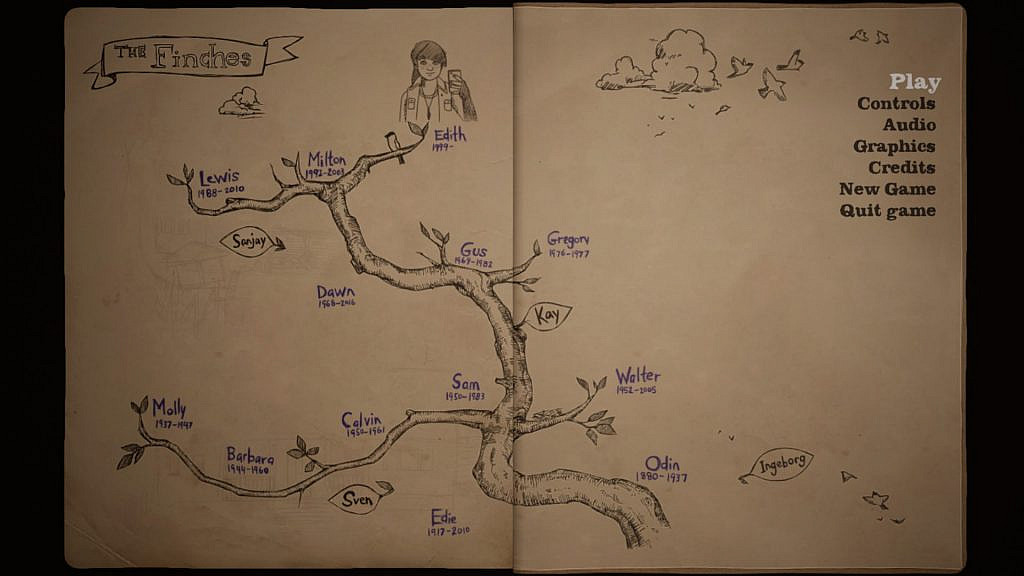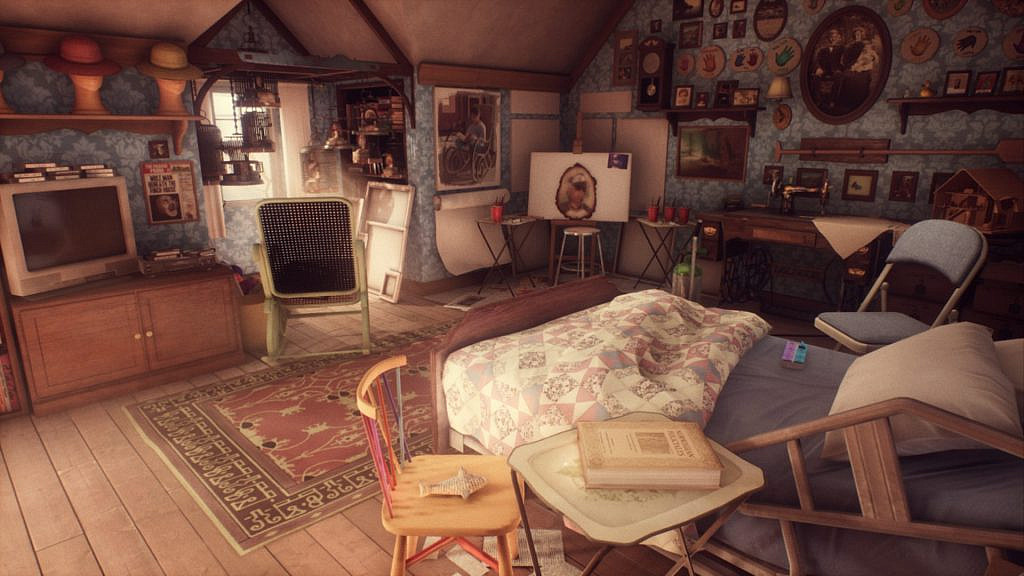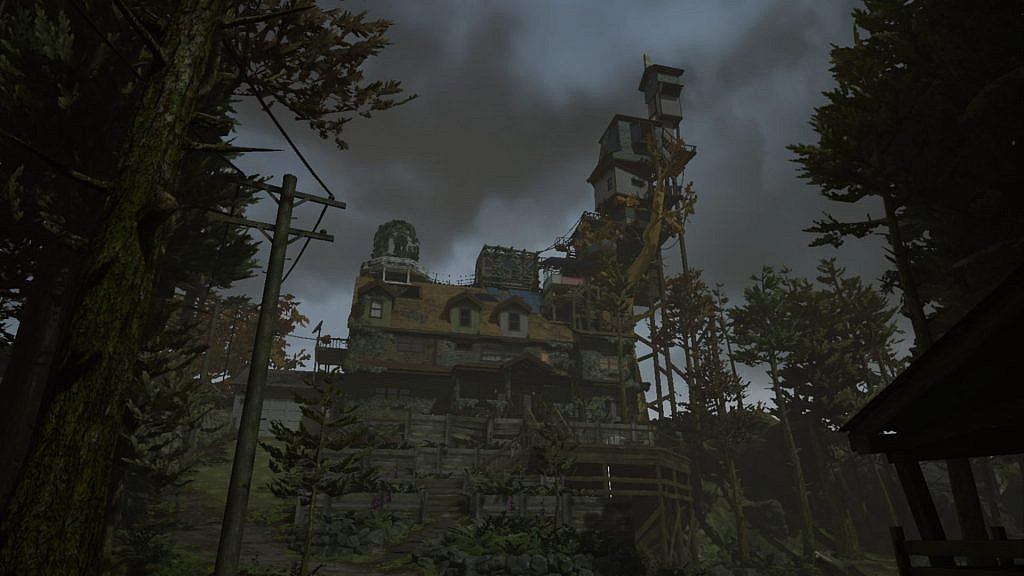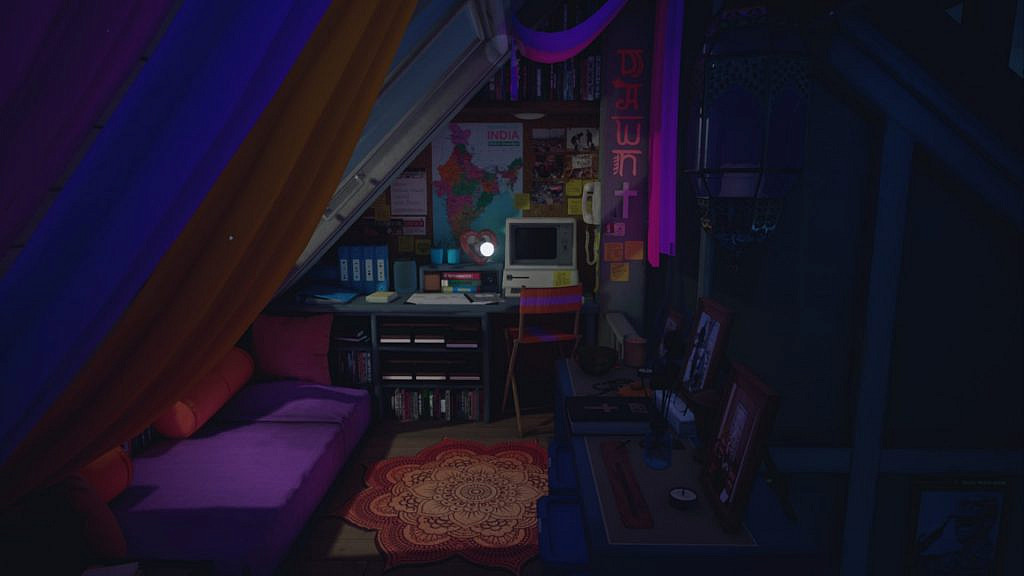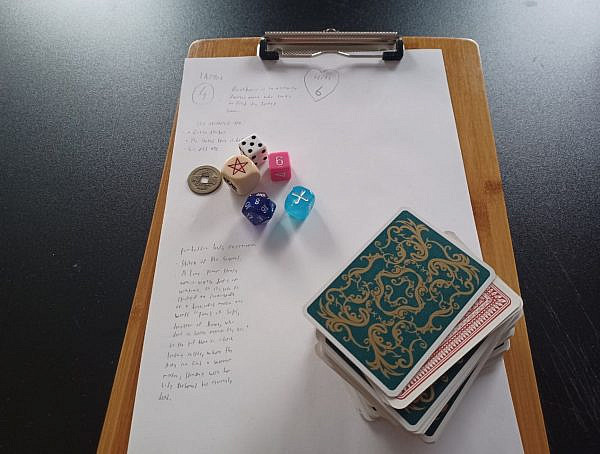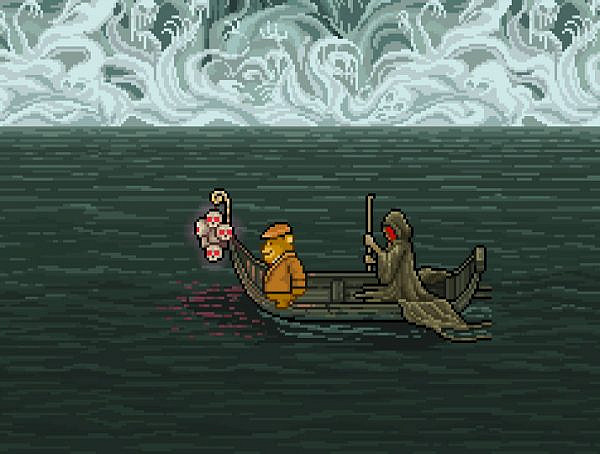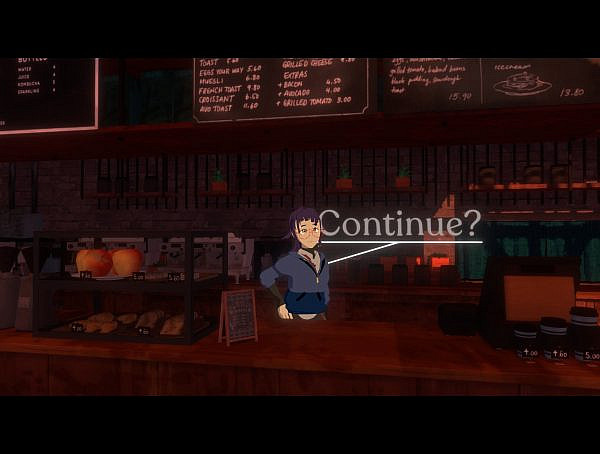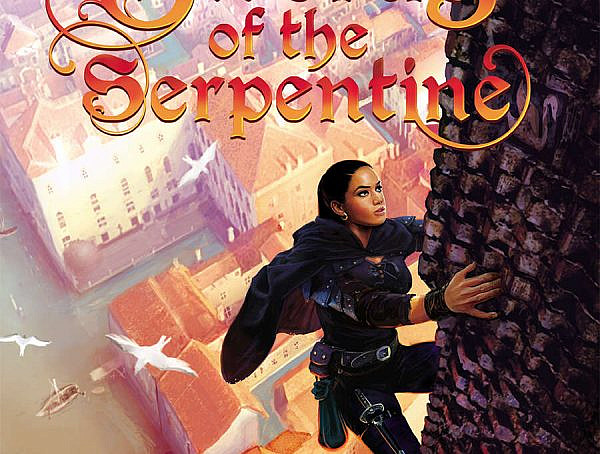(Contains HEAVY spoilers for the game What Remains of Edith Finch)
Life is fleeting. We all must face our mortality eventually. These are thoughts and themes that touch each of us and from us, they spread into the world, into our works and expressions of self. They are themes that can be found in media everywhere and video games are not exempt from this. Perspectives on these thoughts are plenty and can range from nihilistic to emancipatory. For me, the best and the most thought-provoking take on them can be found in the Giant Sparrows 2017s adventure “walking simulator”-game, What Remains of Edith Finch.
In the game, you follow Edith as she travels back to her childhood home – house, which has housed four generations of Finches. Now Edith is the only one left, as others have died in a multitude of ways, the high fatality rate attributed to the rumored family curse. As Edith walks through the house, she also walks through the lives of her relatives and forbearers, narrating their stories all the while.
Through gameplay, we get glimpses into the lives of each family member, witnessing them at the moment of their death. We get to witness their final moments through their perspective.
Turns out each family member´s life is as unique as their death. Each room in the house (which is personable in itself) is full of remnants of lives lived, bursting with personality. And deaths? They are often tragic and macabre, yet all borne from unique circumstances: One falls from a swing while trying to go around, one gets (implicitly) gobbled up by a sea monster, and one is rammed off a cliff by a deer. Some just vanish. For example, Edith´s brother implicitly steps through a picture of a door never to be found again. Much eccentricity is on display, yet all deaths share one similarity: there is nothing grand in any of them. Aside from the imagination they are presented with, they feel mundane. Needless.
But then, of course, there is the curse.
This curse is referenced in the game plenty of times. According to Edith, it followed her family from Norway during the time of her great-great-grandfather and has been taking the lives of her family ever since, maybe even before that. This is, at least, what many of them believe. As time goes by, many of them grow cautious in different ways, yet all get swept away by it sooner or later. Almost none of those we see in Edith’s family tree have died a natural death. This sense of foreboding mystery permeates the house and culminates in the finale, where Edith talks about her final night in the house. As her great-grandmother is about to reveal something important, her mother drags the girl from the house. She never meets her great-grandmother again, never gets to know the secrets of her family and along with her, the player is left in the dark. Their emancipatory reveal fading into nothing before them.
What about the curse? Was there ever one to begin with?
For those wishing to tackle this question more thoroughly, there can be only speculation, even though some hints may present themselves. The games’ (and Edith´s) answer to this is clear, however: It does not matter.
We know Edith´s family members intimately only at the moment of their death. Their lives, however, we know through what they have left behind. Through their rooms in the house, old photographs, and, most importantly, Edith herself. A life that they lived, whether it was short or long, is there for all to see. Their memory is etched into the world and that memory is beautiful, vibrant, and important. Edith herself acknowledges this, remarking that if she had the whole time in the world, maybe all the answers could be found. Yet since that is not true for any of us, it is enough that we focus on life.
What Remains of Edith Finch is a game about the beauty of life, told through depictions of death. Maybe the Finch family truly was the target of a curse or perhaps their deaths were just unfortunate accidents without rhyme or reason. It doesn´t matter. Ultimately, why they died is not as important as why they lived. The game was the first time I truly understood the power of video games as a storytelling tool. The theme of experiencing someone’s life through something that is left behind works best when you have time to explore and take in what you´ve seen at your own pace. It builds upon the themes set by the narrative, giving the player ample time to build their own picture of its many characters in their mind’s eye. The result is something powerful, which I do not believe could be achieved without the interactive element.
At the end of the game, we witness one birth, after all that death: Edith’s son, for whom she has done this journey and written a journal which she narrates throughout the game. Life moves on, even though Edith herself dies shortly thereafter. After passing on the story of her family onwards, Edith´s final message for her son is a somber yet proud proclamation: “…I don´t want you to be sad that I´m gone. I want you to be amazed that any of us ever had a chance to be here at all”.
This message is also one from the game to its players. Life is fleeting and we sometimes take it for granted. The truth of how precious and amazing it is by default gets buried under our everyday struggles. We all must face our mortality eventually and just as it did for the members of the Finch family, death can come to us in a multitude of ways, for many different reasons. Yet before that, we live and leave our mark on the world.
That, which will remain of us.
Game is What Remains of Edith Finch by Giant Sparrow
Pictures are creenshots from the game, taken by author.
You might also like
More from Features
Game Awards – Celebration of talent or a Marketing Extravaganza?
The Game Awards 2024 is over and the winners are announced. However, are they still following the same pattern that …
Worlds in a Finnish Theater: League Finals, Community, and Döner Kebab
I travelled to Helsinki to watch League finals in a cinema, and it was worth it. #leagueoflegends #esports #community #worldfinals







